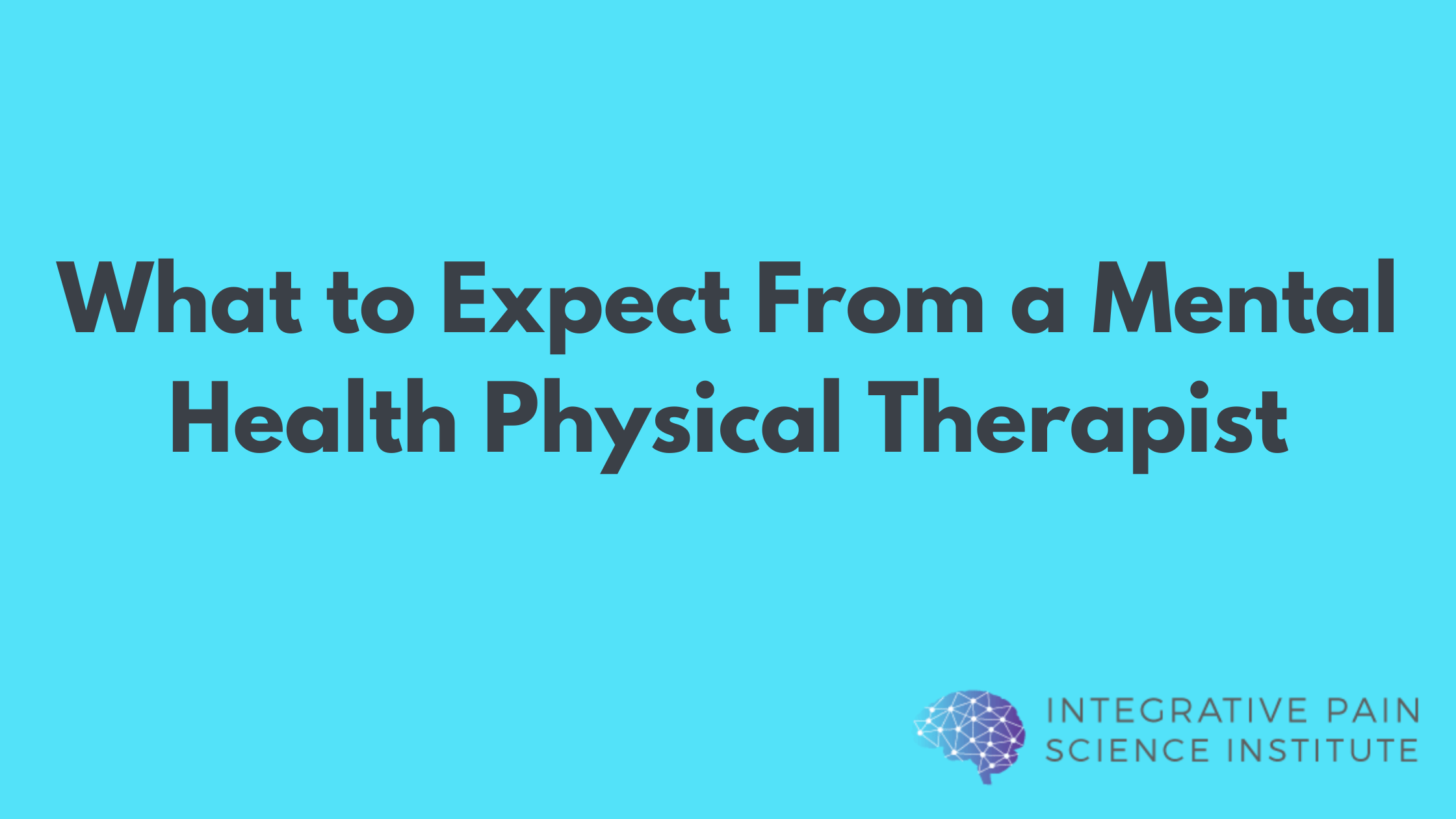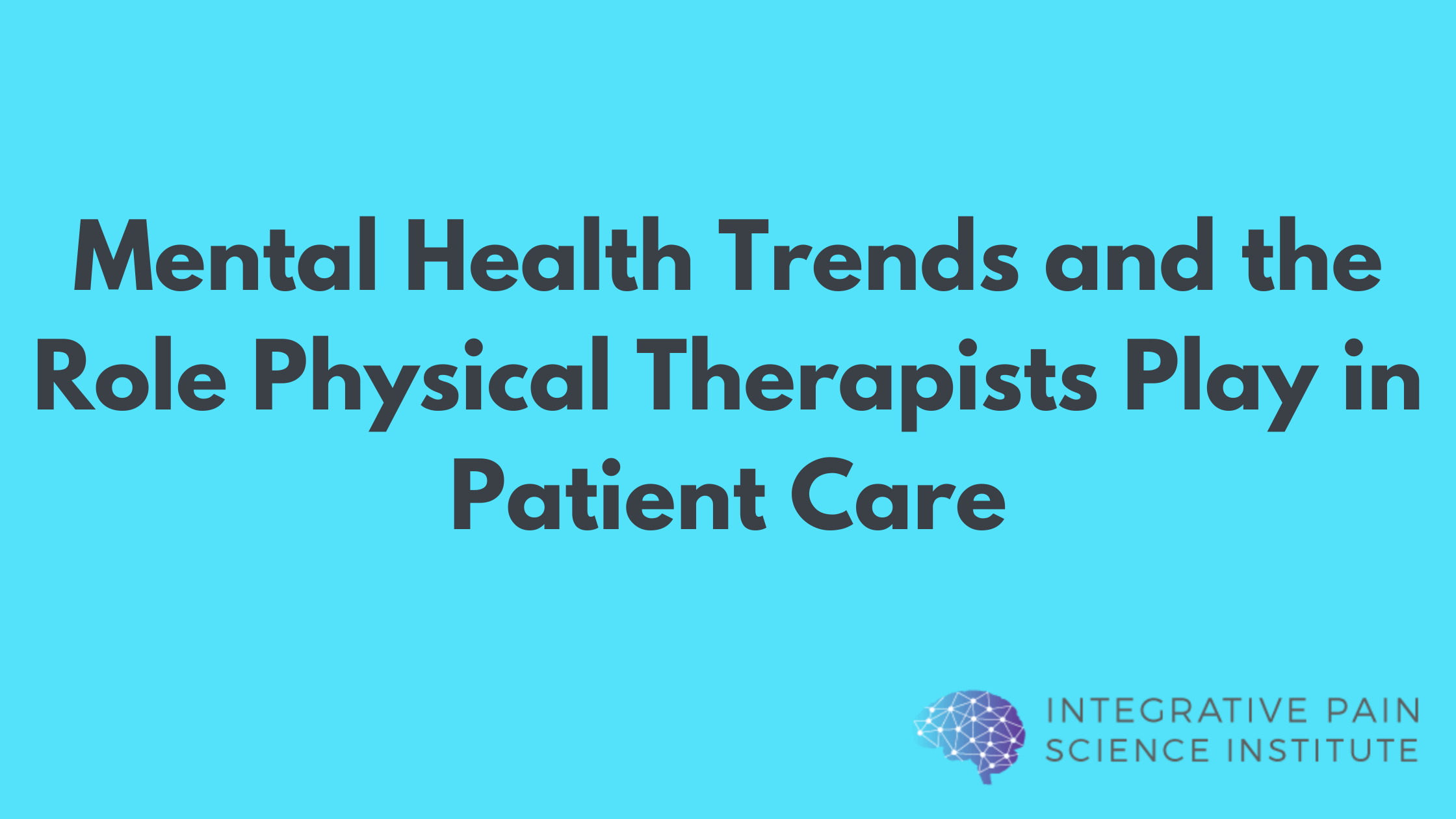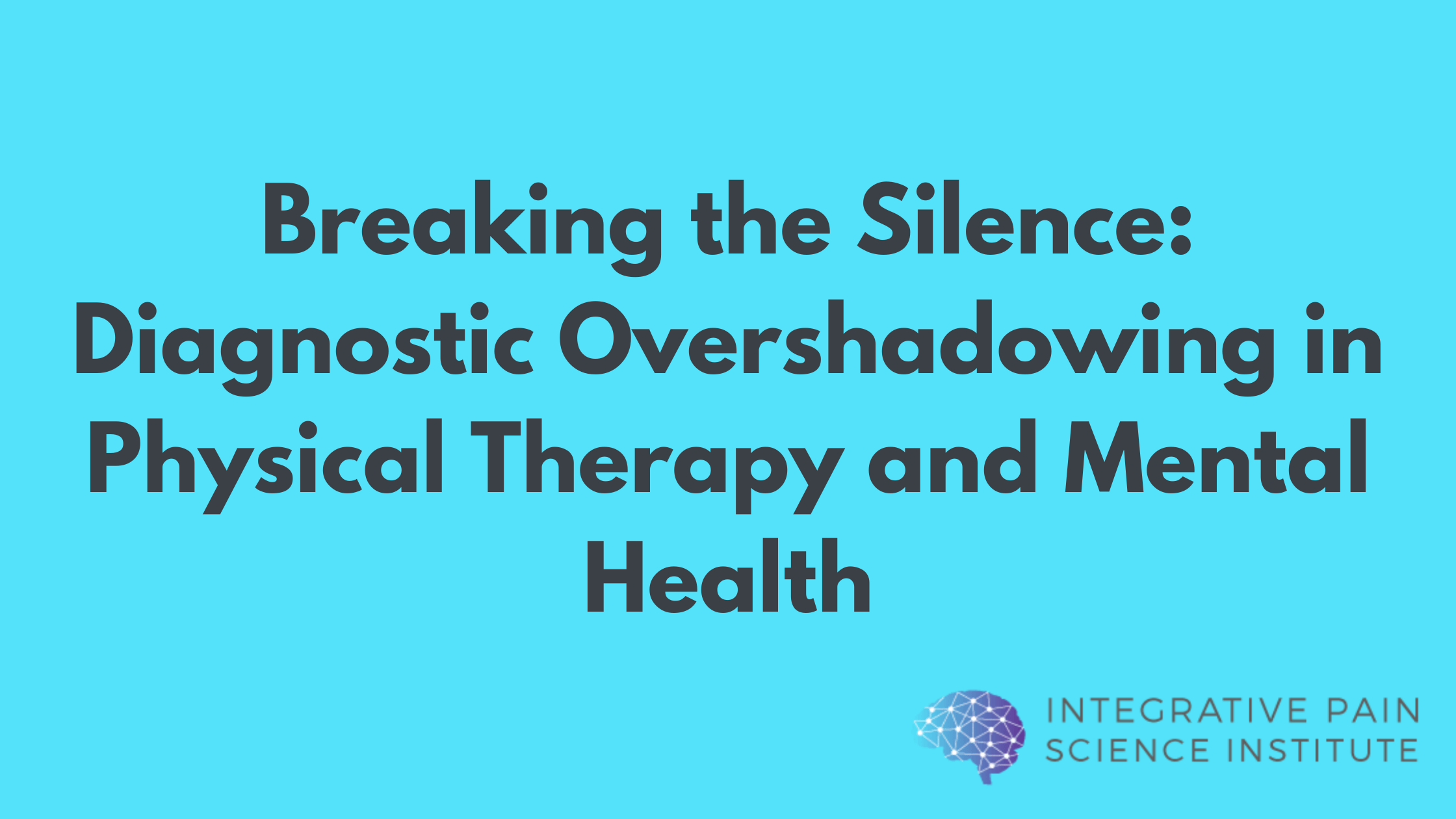The Center for Disease Control (CDC) released a report on March 18th, 2016 improving the way opioids are prescribed through clinical practice.These new guidelines will ensure patients have access to safer, more effective chronic pain treatment while reducing the number of people who misuse, abuse, or overdose from these drugs. CDC developed and published the Guideline for Prescribing Opioids for Chronic Pain to provide recommendations for the prescribing of opioid pain medication for patients 18 and older in primary care settings. Recommendations focus on the use of non-opioids in treating chronic pain (pain lasting longer than 3 months or past the time of normal tissue healing).
This is some of the first evidence and support from the CDC around non-drug and non-pharmacologic measures for treating chronic pain. Specifically, the CDC recommends conservative care such as physical therapy, cognitive behavioral therapy, and interventions such as weight loss and nutrition to help people who struggle with chronic pain. Experts agreed that opioids should not be considered the first-line course of treatment for chronic pain sufferers of those who suffer from pain.
Summary of CDC Guidelines for Non-pharmacologic Treatment of Chronic Pain
The statement does not apply to end of life issues, cancer care or palliative care. However for conditions such as osteoarthritis, chronic back pain, chronic neck pain, musculoskeletal and autoimmune diseases, conservative care is the treatment of choice.
Experts also reviewed the use of NSAIDs or non-steroidal anti-inflammatory drugs. NSAIDs may be the first-line of treatment for conditions such as osteoarthritis and low back pain but experts reported NSAIDs (ibuprofen, Advil) and other commonly purchased over-the-counter medications cause gastrointestinal bleeding, GI perforations, ulcers as well as kidney and cardiovascular disease. The longer one takes an NSAID the more likely they are to have a heart attack or stroke. This again encourages consumers and primary care providers away from drugs and in the direction of conservative care.
Physicians and other primary care providers now have the challenge to implement and prescribe conservative care such as physical therapy in place of pharmacology.
Insurance providers and government providers of healthcare will have to reassess and make conservative care such as physical therapy, cognitive behavioral therapy and nutritional therapy more widely available and cost-effective. Currently, there are many barriers and hurdles patients must negotiate to access care. These include:
- High yearly deductibles
- High visit copays
- Laborious and inefficient approval of therapy services
- Decreased coverage of all therapy services by major medical providers and Medicare
- Unavailability of services in rural or low socioeconomic regions
The biomedical model for chronic pain treatment has needed a paradigm shift for many decades. Implementing a biopsychosoical model for chronic pain in place of the outdated biomedical model will benefit those who suffer from chronic pain and the clinicians providing care. The new CDC guidelines provide momentum toward changing the way chronic pain resolved.
For information on ways to solve chronic pain join my newsletter at www.joetatta.com
In health,
Dr. Joe Tatta, DPT, CCN
Dr. Joe Tatta is a doctor of physical therapy and certified clinical nutritionist. His mission is to inspire and transform the health of 20 million people by the year 2020 by reversing the myriad of diseases that contribute to and cause chronic pain syndromes. He is the creator of the first ever Healing Pain Online Summit designed to broaden the conversation around integrative strategies toward solving chronic disease and persistent pain. He actively blogs on the topic of chronic pain at www.joetatta.com as well as speaks both in public and online summits. Stay connected by visiting www.joetatta.com where you can download your free healing foods checklist and shopping guide.
References
http://www.cdc.gov/drugoverdose/prescribing/guideline.html
https://www.apta.org/PTinMotion/NewsNow/?blogid=10737418615&navID=10737422527



